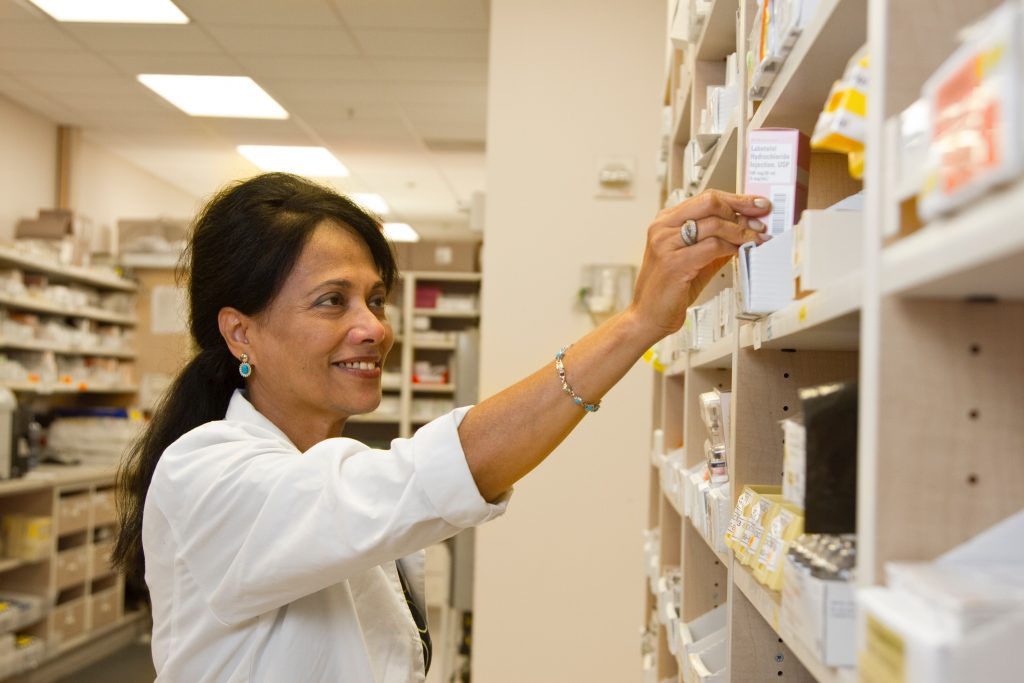Trying challenges require creative solutions, but creative solutions can seem too risky in life-or-death fields like public sector health care, where tried and true solutions often are favored over risk.
Yet, that didn’t stop Christin Deacon, Director of Health Benefit Operations & Policy Planning at New Jersey’s Division of Pensions & Benefits, and her team from disrupting the status quo and producing critical solutions to cost and communication challenges in the state’s health care system.
According to the Centers for Medicare & Medicaid Services (CMS), national health care spending grew nearly 5% in 2018, accounting for over 17% of the country’s GDP. Costs are estimated to continue to rise for those providing and paying for health care coverage. But the state of New Jersey has been able to keep costs relatively flat for the past two years through creative procurement solutions such as reverse auctions.
Typically, a reverse auction is a means to procure goods, but the state benefits office was able to use the technology to procure services of a pharmacy benefits manager, a third-party administrator of prescription drugs. Pre-qualified vendors bid their prices against competitors for three rounds for an ultimate winner with the best pricing to emerge at the end. “They dance around the ring and then take their gloves off in the final round for the final pricing,” Deacon said at GovLoop’s online training Thursday. The state has done two reverse auctions so far with handsome outcomes.
“Over those two contract cycles, the state actually recognized over $1.9 billion in savings as a result,” Deacon said. The savings are demonstrably a direct outcome of disrupting the status quo of procurement processes.
But alongside challenges in cost, engagement with health insurance policy members is also a huge challenge for public sector health care and health care at large. The fact is if there aren’t effective communication channels to the people who must access the benefits they need, health care organizations cannot engage members in the way they need — at the right time at the right place in the right way, Deacon said.
“You can have created the best benefits package in the world, but if you’re not communicating effectively with your members about what resources are available, that benefits package isn’t being maximized for value,” Deacon said.
In times of crisis, communication is key, and the COVID-19 pandemic is a crisis where people are craving for clear communication about their health and health care.
New Jersey is one of the largest public sector employers that moved to a complete concierge-type service approach, where members have one health care navigator they can call about claims, coverage issues and more, Deacon said. “The member will be able to have one source of truth,” Deacon noted, as opposed to multiple channels.
This change hopefully signifies a larger change happening in the health care industry, Deacon said, which is a shift to a consumer-based model where the health care consumer is put at the center of decisionmaking, “the driving factor of everything we do in the benefits space.”
“I strongly believe that if your driving principle in health care is to improve the overall health of your members, the dollars will absolutely follow,” Deacon said.
Risks are necessary to break through the status quo, but it’s challenging to take risks. The takeaway that Deacon offers is to see that for what it is, and be willing to be uncomfortable.
“When you start to feel uncomfortable and the people at the other side of the table start to feel uncomfortable, you’re heading in the right direction,” Deacon said.
This online training was brought to you by:
